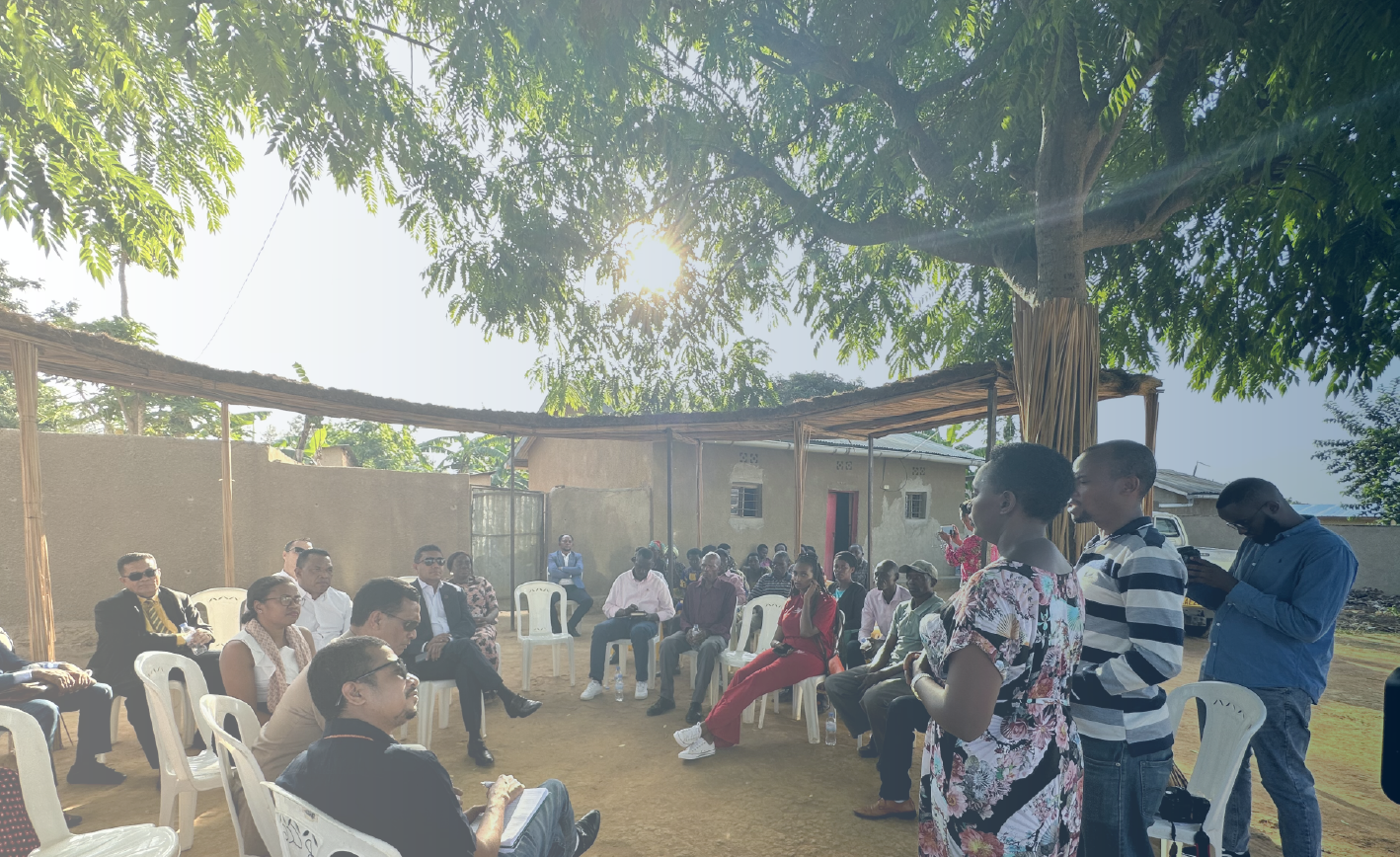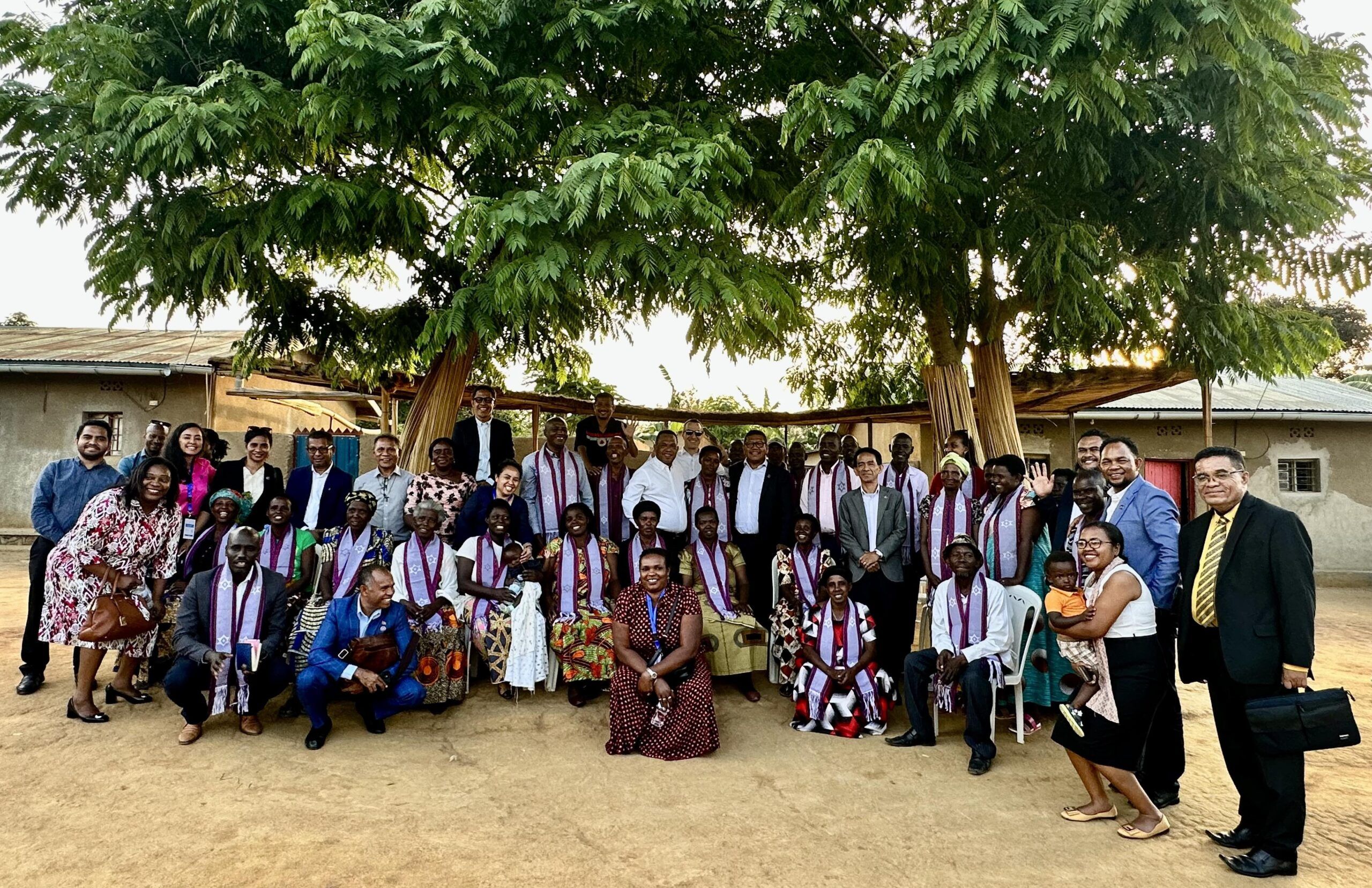
Array
(
[thumbnail] => https://s42831.pcdn.co/wp-content/uploads/2023/11/Rwanda-Reconciliation-Village-©-g7-Blog-Header-150x150.png
[thumbnail-width] => 150
[thumbnail-height] => 150
[medium] => https://s42831.pcdn.co/wp-content/uploads/2023/11/Rwanda-Reconciliation-Village-©-g7-Blog-Header-300x184.png
[medium-width] => 300
[medium-height] => 184
[medium_large] => https://s42831.pcdn.co/wp-content/uploads/2023/11/Rwanda-Reconciliation-Village-©-g7-Blog-Header-768x470.png
[medium_large-width] => 768
[medium_large-height] => 470
[large] => https://s42831.pcdn.co/wp-content/uploads/2023/11/Rwanda-Reconciliation-Village-©-g7-Blog-Header-1024x627.png
[large-width] => 1024
[large-height] => 627
[1536x1536] => https://s42831.pcdn.co/wp-content/uploads/2023/11/Rwanda-Reconciliation-Village-©-g7-Blog-Header.png
[1536x1536-width] => 1418
[1536x1536-height] => 868
[2048x2048] => https://s42831.pcdn.co/wp-content/uploads/2023/11/Rwanda-Reconciliation-Village-©-g7-Blog-Header.png
[2048x2048-width] => 1418
[2048x2048-height] => 868
[gform-image-choice-sm] => https://s42831.pcdn.co/wp-content/uploads/2023/11/Rwanda-Reconciliation-Village-©-g7-Blog-Header.png
[gform-image-choice-sm-width] => 300
[gform-image-choice-sm-height] => 184
[gform-image-choice-md] => https://s42831.pcdn.co/wp-content/uploads/2023/11/Rwanda-Reconciliation-Village-©-g7-Blog-Header.png
[gform-image-choice-md-width] => 400
[gform-image-choice-md-height] => 245
[gform-image-choice-lg] => https://s42831.pcdn.co/wp-content/uploads/2023/11/Rwanda-Reconciliation-Village-©-g7-Blog-Header.png
[gform-image-choice-lg-width] => 600
[gform-image-choice-lg-height] => 367
)
Operationalizing the New Agenda for Peace
Mitigating the Impact of Foreign Interference: The Role of National Prevention Strategies
The case for national violence prevention strategies is strong, as argued in a recent publication by the NYU Center on International Cooperation (CIC), Seven Questions to Consider in Designing, Implementing, and Supporting Effective Nationally Led Violence Prevention Strategies. An emphasis on nationally led strategies is also necessary to dispel the misperception that the prevention agenda is a pretext for external actors to interfere in internal affairs. In fact, the opposite can be true—prevention strategies can strengthen the social contract and help keep external actors from exploiting grievances. In addition, investing in evidence-based national violence prevention strategies is an effective approach for donors and the UN; only national actors can strengthen their social contracts and, through that, prevent violence from happening. It is thus essential to correct the narrative on national prevention strategies to show that such strategies are sovereignty-enhancing. In turn, the corrected narrative would ensure buy-in from national actors and relevant support from donors and the UN. This short blog unpacks why national prevention strategies can help prevent foreign interference.

Domestic grievances: a fertile ground for foreign interference
Conflicts do not appear out of thin air; unresolved grievances are breeding grounds for subsequent crises, including those fueled by foreign interference. Foreign interference often takes root in pre-existing divisions within the target country. Such divisions may be a legacy of preceding wars and conflicts. Decades of instability and repeated cycles of conflicts in Afghanistan illustrate this process. From the exploitation of the ideological lines during the Cold War to the unresolved grievances that led to the civil war during the 1990s, each phase of conflict sowed divisions among unreconciled Afghan factions. In turn, these divisions not only became a breeding ground for further conflict but were also exploited by foreign actors who exacerbated violence. This saga of instability continues today. The current geopolitical fragmentation has given rise to a similar pattern of incidents in Africa and the Middle East, including civil wars and military coups.
Over the past two decades, the number of internationalized intrastate conflicts has increased. With rising geopolitical tensions, this trend shows no sign of abating. External actors often prolong and intensify such conflicts as they seek to further their interests, including, for instance, by providing financial support to violent groups, sowing discord, and spreading disinformation. For conflict-affected states, such as the g7+ countries, the impact is devastating. Their internationalized nature makes resolution seem out of reach. But national actors can, in fact, thwart interference.
The role of national strategies in addressing grievances and averting internationalized conflicts
No matter the geopolitical motives driving the actions of external actors, national prevention strategies can act as a buffer to foreign interference. Such strategies are a collective political and social commitment from all segments of society to identify and address, through national mechanisms, the underlying conditions that create the risk of violence while strengthening the sources of positive resilience. Risk factors for violence are often social fractures, such as the increase in size of an excluded group, violations of physical integrity rights, and lack of fair access to quality basic services. Additionally, exposure to violence in previous conflicts can result in adverse mental health impacts, including post-traumatic stress disorders, a diminished sense of belonging, weakened social cohesion, and anomie, thereby amplifying the risk of violence if left unaddressed.
However, every country also possesses sources of positive resilience, and conflict-affected contexts already have elements of a violence prevention strategy. Drawing the attention of decision-makers to these elements can help them build upon these foundations to create a nationally led violence prevention strategy, fostering a pathway toward lasting peace. Conversely, neglecting these existing elements can result in missed opportunities. In Afghanistan, for instance, the centuries-old tradition of jirga (gathering of community elders) continues to play a role in resolving conflicts among families, communities and groups, addressing grievances, and mobilizing consensus on national matters. The jirga was elevated to a status of the national assembly in Afghanistan and was integrated into the Constitution of 2004. It could have served as a model for developing a national dialogue and reconciliation process between the Taliban and the government in place before August 2021. Yet, neither the international community nor the Afghan political elite, including the Taliban, actively advocated for the utilization of that process. This was a missed opportunity for violence prevention.
In contrast, Timor-Leste’s national prevention mechanisms have benefited from national leadership and international support. These include “Tara bandu,” a national mechanism for preventing conflict, and the early warning and early response system monitored by the domestic non-governmental organization Belun.
Making sure that national mechanisms for prevention are identified, strengthened, and supported by national actors and the international community is an important step in preventing violence. g7+ countries, such as Timor-Leste, Rwanda, Cambodia, Liberia, and Sierra Leone, have strived to uncover and address the root causes of conflict in their respective societies through truth, reconciliation and dialogue efforts. The g7+ group has advocated for reconciliation and dialogues to address grievances and prevent the recurrence of future conflicts.
Recommendation: build on the secretary-general’s New Agenda for Peace
Every year, hundreds of billions of US dollars are allocated to respond to wars and their consequences, encompassing military expenditures, peacekeeping, and humanitarian assistance. In the face of crises and incidents of instability, it is imperative to take the prevention agenda seriously. Member states and the UN have the opportunity to capitalize on the momentum generated by the secretary-general’s recommendation for the development of national prevention strategies to foster commitment and improve support for such strategies.
1. Correcting the narrative in the Pact for the Future: prevention is sovereignty enhancing
First, there is a need for improved “marketing” of prevention. Member states can contribute to destigmatizing the prevention agenda and underlining its sovereignty-enhancing nature by committing to develop and support nationally led violence prevention strategies during the Summit of the Future. The Summit also provides an opportunity to define evidence-based parameters for these prevention strategies.
2. PBC, Arria Formula meetings, and Open Debate: giving a voice to conflict-affected countries to reflect on prevention
Second, to be effective, national strategies should be evidence-based and tailored to specific contexts. Conflict-affected countries should, therefore, have an opportunity to draw attention to their own resources for prevention and articulate the kind of support they require from the UN. This conversation can be initiated between member states at the Peacebuilding Commission or the Security Council, for instance, through an Arria Formula meeting or an Open Debate. This would allow member states to share best practices from their contexts and express their needs. These considerations can serve as a catalyst for more tailored support for national prevention strategies in conflict-affected countries.
3. Drawing insights from the past: building upon the New Deal
Finally, nations can learn from past endeavors. The concept of nationally led prevention strategies is not new; the 2011 New Deal for Engagement in Fragile States already highlighted the importance of supporting nationally owned and led efforts to prevent violence. However, the New Deal was adopted over a decade ago and has yielded few positive outcomes, primarily due to insufficient implementation. In the year leading up to the Summit of the Future, member states should leverage on the lessons gained from the New Deal to shape new commitments to coordinate efforts among relevant actors in developing and supporting prevention strategies.
Conclusion
In the current geopolitical context, national strategies possess the potential to be a game changer for preventing violence, including internationalized conflict. To achieve this, political and social commitment to such strategies need to be fostered by “selling” prevention better, particularly emphasizing its sovereignty-enhancing nature. The Pact for the Future provides an opportunity to do just that. Crafting a positive narrative and drawing on lessons learned can pave the way for a more effective approach to prevention.
Header photo: Group listening to a presentation outdoors at a reconciliation village in Rwanda, 2023. Photo courtesy of g7+.
Stay Connected
Subscribe to our newsletter and receive regular updates on our latest events, analysis, and resources.
"*" indicates required fields

